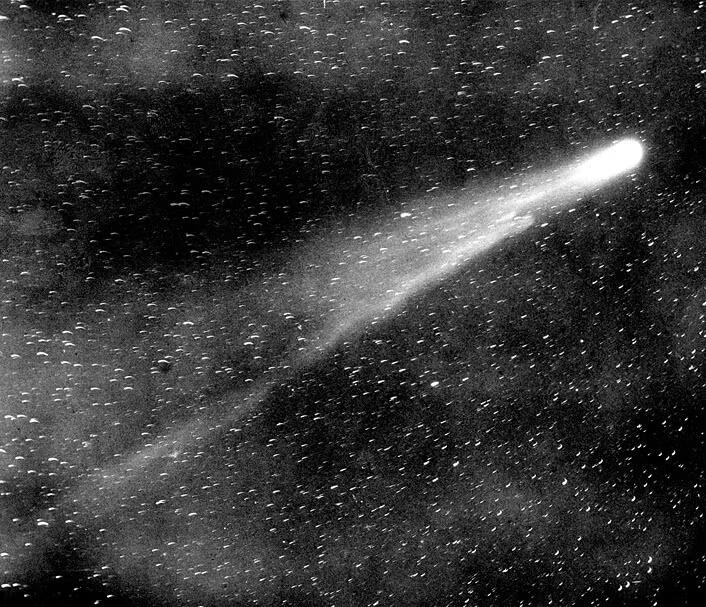
Comets
You look into the night sky, and see what you think is a shooting star. But the “star” and its tail don’t fade. They stay there, and you see them slowly moving across the sky every night for over a week. What you’re looking at is actually a comet.

Comets are celestial bodies made of rock, dust, and ice. Most comets orbit the sun on huge ovals that stretch far into the outer solar system. Scientists have catalogued nearly 7,000 comets. However, because of their long orbits, we expect there to be many billions more far away from the sun in what scientists call the Oort Cloud.
The anatomy of a comet is split into three major areas. The first is the nucleus, which is the solid core of a comet’s body. The second part is the coma, which is the gas and dust floating around the nucleus. The third part of a comet is the tail, which only appears when the comet approaches the sun and begins to warm.

When we see comets from Earth, we are really seeing the coma and tail. As comets approach the sun, they begin to warm and release gas and dust. This material floats freely around the comet. It is pushed outward, away from the sun. It’s kind of like wearing a scarf on a windy day. The direction the scarf blows (the comet’s tail) is the same as the direction the wind is blowing, not the direction you are walking!
Just like asteroids, the nucleus of comets have a range of sizes. The smallest known comet is between 100 and 200 meters (about 330-660 feet) in diameter. The largest known comet, called Hale-Bopp, is between 40-80 kilometers (about 25-50 miles) in diameter.

Scientists use many of the same tools to study comets and asteroids. Using these tools, we’ve discovered that comets vary in what they are made of about as much as asteroids do.
Some comets are dominated by ice and frozen gas (like Halley’s Comet), and others are mostly rocky with some ice still left. Every time a comet passes the sun, it loses a portion of its ice. That means that most comets may change over time to have a more rocky composition overall.

Every so often, we can see comets revisit our night sky. How are comets different from asteroids?
Be Part of
Ask An Earth and
Space Scientist
By volunteering, or simply sending us feedback on the site. Scientists, teachers, writers, illustrators, and translators are all important to the program. If you are interested in helping with the website we have a volunteers page to get the process started.
